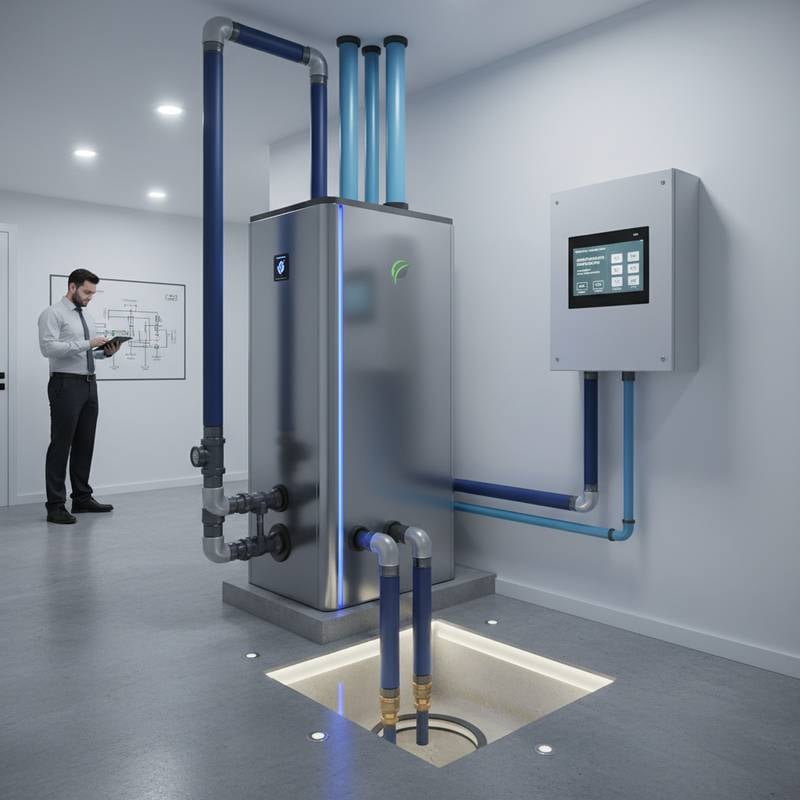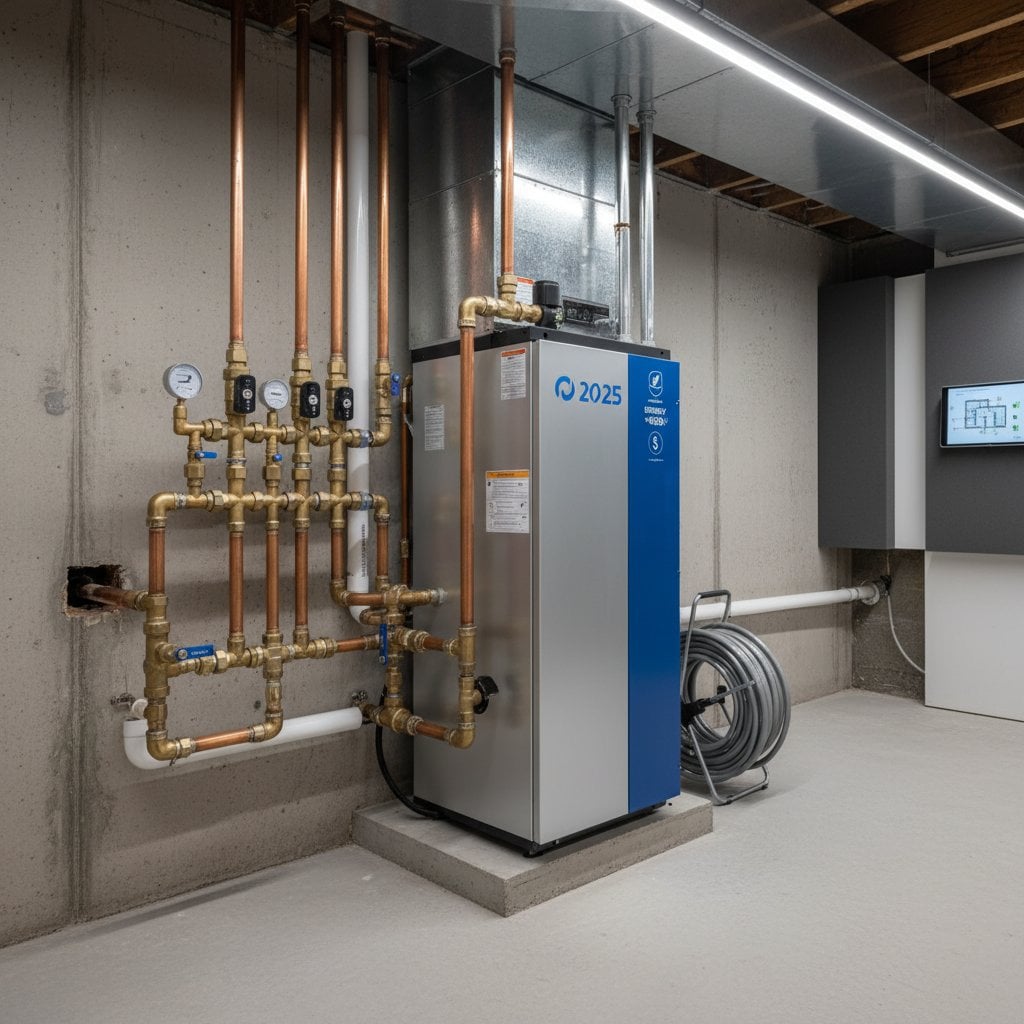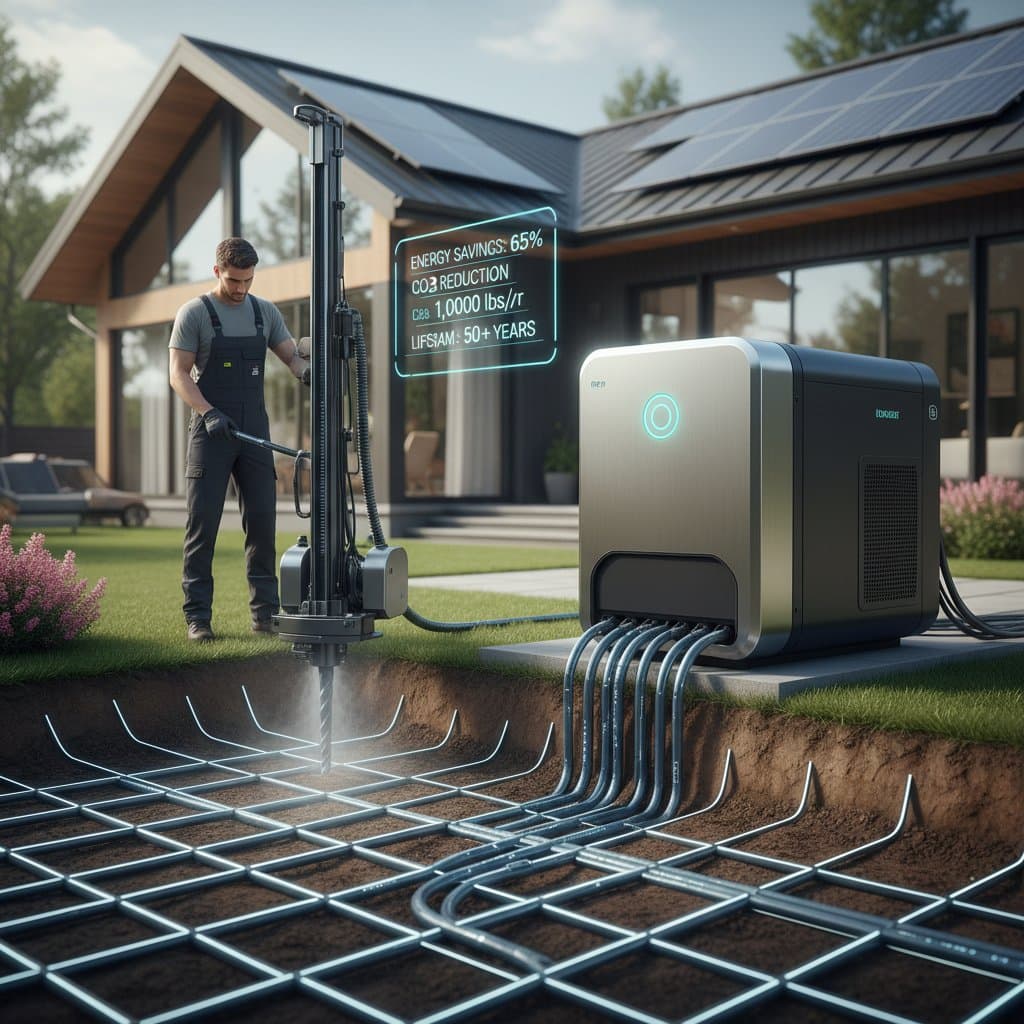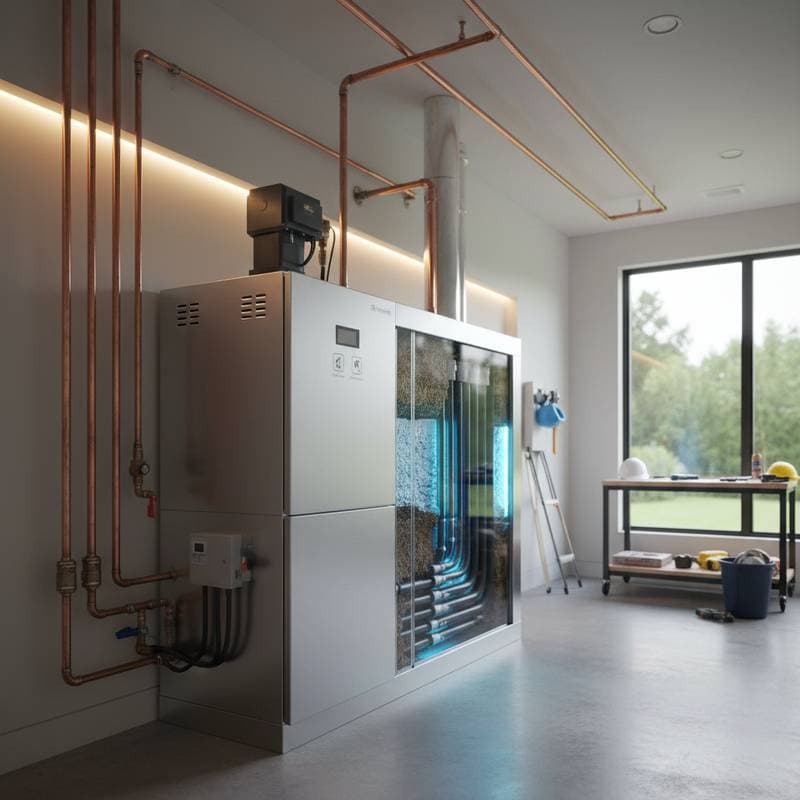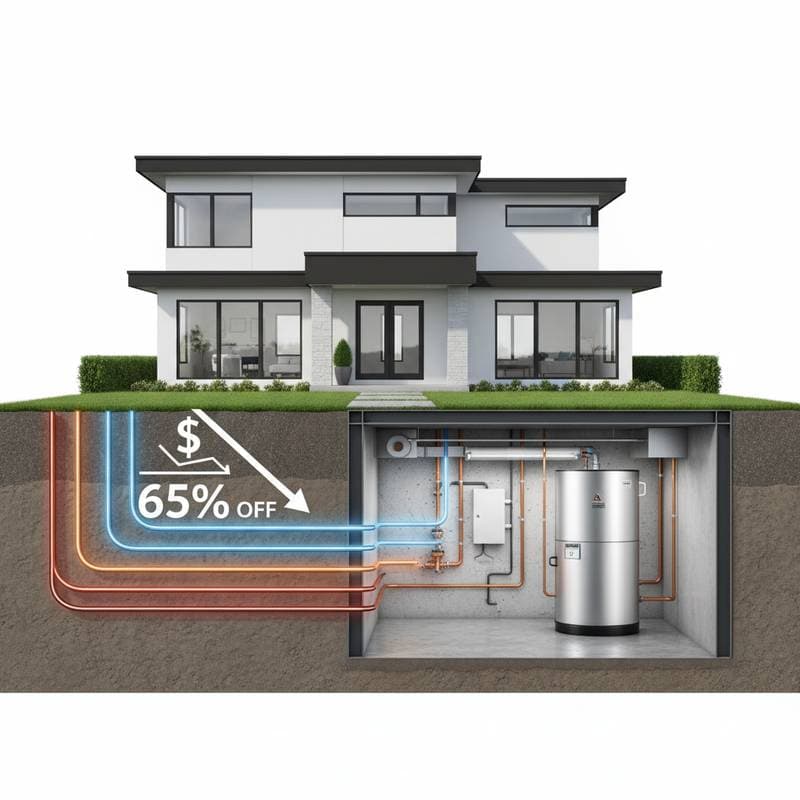Reduce Cooling Costs by Up to 65 Percent with Geothermal HVAC
Air conditioners often drive up energy bills during hot months, prompting many to seek more efficient alternatives. Geothermal HVAC systems address this challenge by tapping into the earth's stable underground temperatures, which serve as a natural heat source and sink. This approach enables significant reductions in cooling expenses, often by 65 percent or more, while providing consistent comfort.
Essential Benefits
- Homeowners achieve cooling cost reductions of up to 65 percent and heating savings approaching 70 percent through geothermal HVAC.
- These ground-source systems exchange heat using the earth's steady subsurface temperatures for optimal performance.
- Installation expenses typically fall between $18,000 and $35,000, with energy savings recouping the investment in 5 to 10 years.
- Federal and local incentives can decrease initial costs by 25 percent or greater.
- Geothermal components outlast traditional units, with buried loops functioning for over 50 years.
Cost Comparison and Long-Term Value
Geothermal HVAC involves a larger upfront investment compared to conventional systems, yet the ongoing savings justify the expense. The table below highlights key differences in costs, operations, and durability.
| System Type | Average Installation Cost | Average Annual Operating Cost | Estimated Lifespan | Cooling Cost Savings |
|---|---|---|---|---|
| Conventional HVAC | $8,000 - $12,000 | $1,500 - $2,000 | 10 - 15 years | Baseline |
| Geothermal HVAC | $18,000 - $35,000 | $400 - $700 | 25+ years (50+ for loops) | Up to 65 percent |
In addition to lower utility payments, geothermal installations qualify for federal tax credits and regional energy programs. These benefits, combined with reduced maintenance needs and extended service life, accelerate payback periods. Numerous homeowners recover their full investment within the first 10 years.
Key Factors for Geothermal Installation
Site Evaluation
Sufficient property space is essential for the underground loops. Horizontal configurations demand broader areas, whereas vertical options suit compact sites through deeper drilling. A professional geothermal specialist assesses soil composition, water table levels, and land availability to recommend the ideal setup.
Funding and Financial Planning
Higher initial costs present a barrier for some, but diverse financing solutions mitigate this. Homeowners frequently pair low-interest green energy loans with applicable rebates and credits to ease the outlay. Certain utility providers supply on-bill financing, where repayments align with realized energy reductions.
Ongoing Upkeep
These systems demand little maintenance overall. Buried loops remain shielded from environmental damage and physical stress. Interior elements, including the heat pump and air handler, require regular filter replacements and expert checkups, much like standard HVAC equipment.
Adapting to Current Structures
Integrating geothermal technology into existing homes proves straightforward. Contemporary heat pumps link seamlessly to present duct systems, simplifying the process. Properties lacking ducts benefit from alternatives such as in-floor radiant heating or ductless mini-splits for effective temperature control.
Insights from Industry Experts
HVAC engineer Mark Rivera notes, "The technology has matured to a point where reliability is no longer a concern. Modern heat pumps are advanced, quiet, and built to last decades."
Such perspectives underscore the industry's shift toward geothermal adoption. These systems deliver substantial energy reductions with limited ecological impact, establishing them as a mainstream choice for sustainable climate control.
Steps to Adopt Geothermal HVAC
Begin the process with a professional energy audit to gauge your household's usage patterns and projected efficiencies. Engage certified geothermal installers for a thorough site review and customized financial projection.
Inquire about pertinent rebates, tax credits, and financing initiatives, as they substantially offset startup expenses. Obtain several detailed proposals that cover complete installation figures, system details, and anticipated savings.
After setup, perform routine tasks like filter servicing and yearly professional servicing. Users commonly experience enhanced comfort right away, with uniform temperatures and reduced noise from eliminating frequent compressor cycles.
Opting for geothermal HVAC not only trims cooling costs by up to 65 percent but also elevates living standards, boosts real estate appeal, and advances environmental goals. The earth's thermal resources offer a dependable foundation for these advantages.


